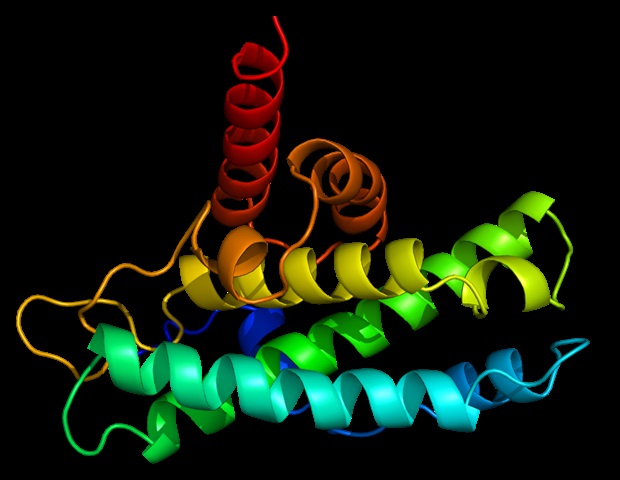A bacterial enzyme called histidine kinase is a promising target for new classes of antibiotics. However, it has been difficult to develop drugs that target this enzyme, because it is a "hydrophobic" protein that loses its structure once removed from its normal location in the cell membrane. Now, an MIT-led team has found a way to make the enzyme water-soluble, which could make it possible to rapidly screen potential drugs that might interfere with its functions.
The researchers created their new version of histidine kinase by replacing four specific hydrophobic amino acids with three hydrophilic ones. Even after this significant shift, they found that the water-soluble version of the enzyme retained its natural functions. No existing antibiotics target histidine kinase, so drugs that disrupt these functions could represent a new class of antibiotics.

Such drug candidates are badly needed to combat the growing problem of antibiotic resistance. Each year, more than 1 million people die from antibiotic-resistant infections. This protein is a good target because it's unique to bacteria and humans don't have it.
" Shuguang Zhang, principal research scientist in the MIT Media Lab and one of the senior authors of the new study Ping Xu and Fei Tao, both professors at Shanghai Jiao Tong University, are also senior authors of the paper, which appears today in Nature Communications. Mengke Li, a graduate student at Shanghai Jiao Tong University and a former visiting student at MIT, is t.























